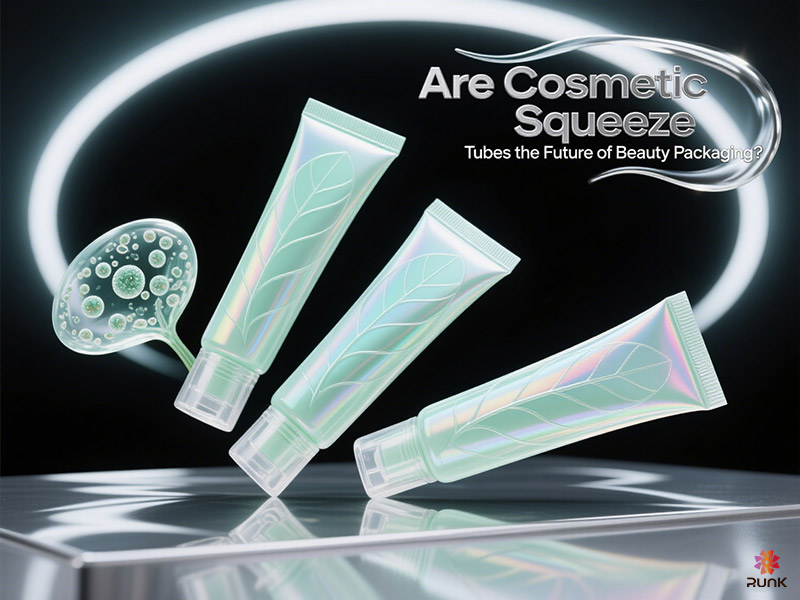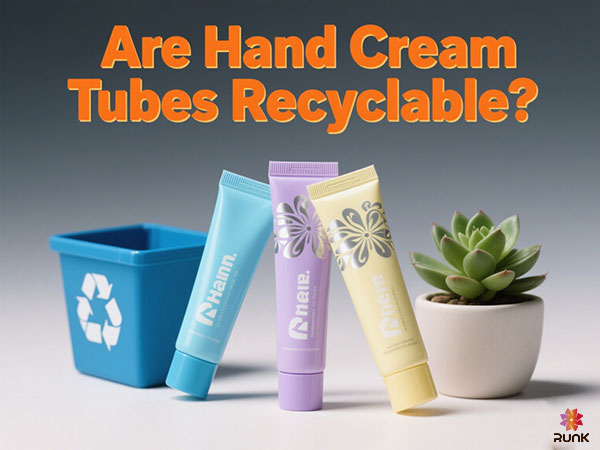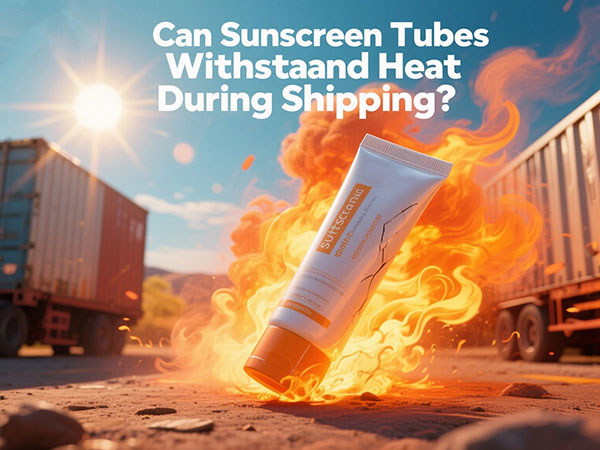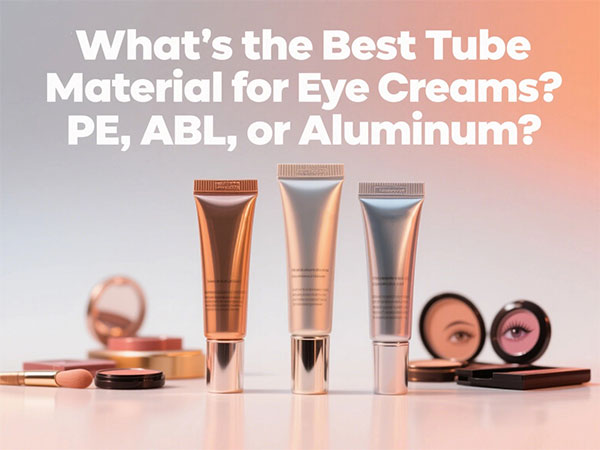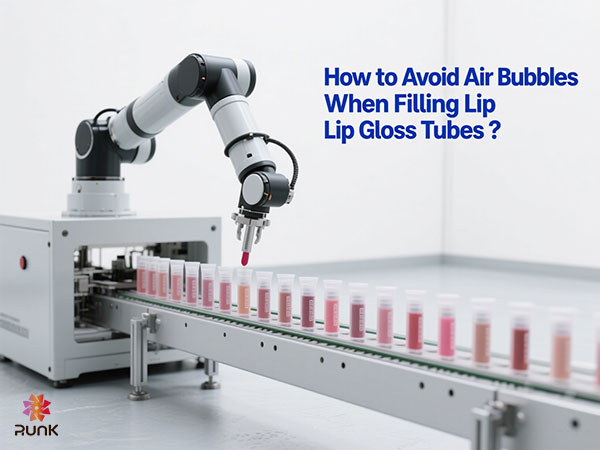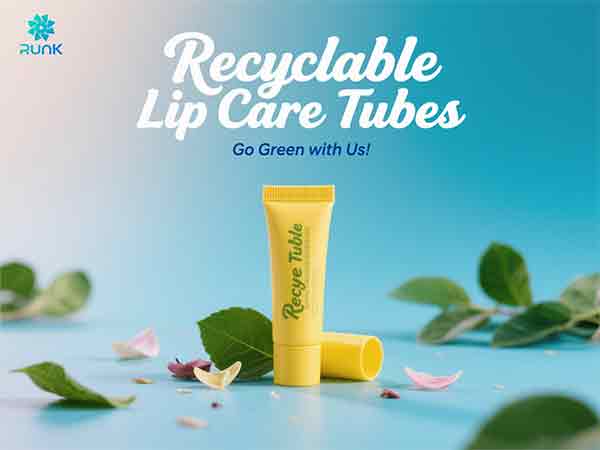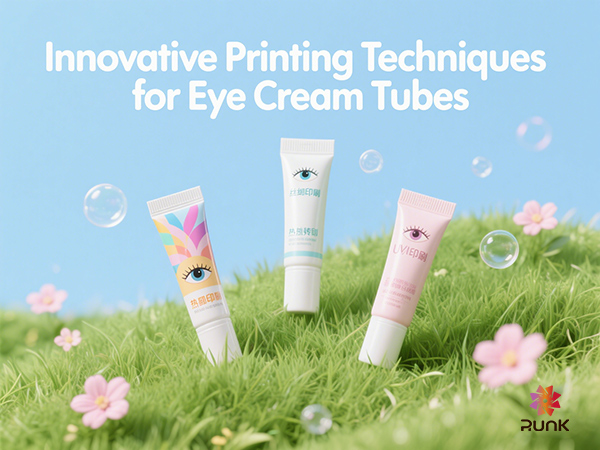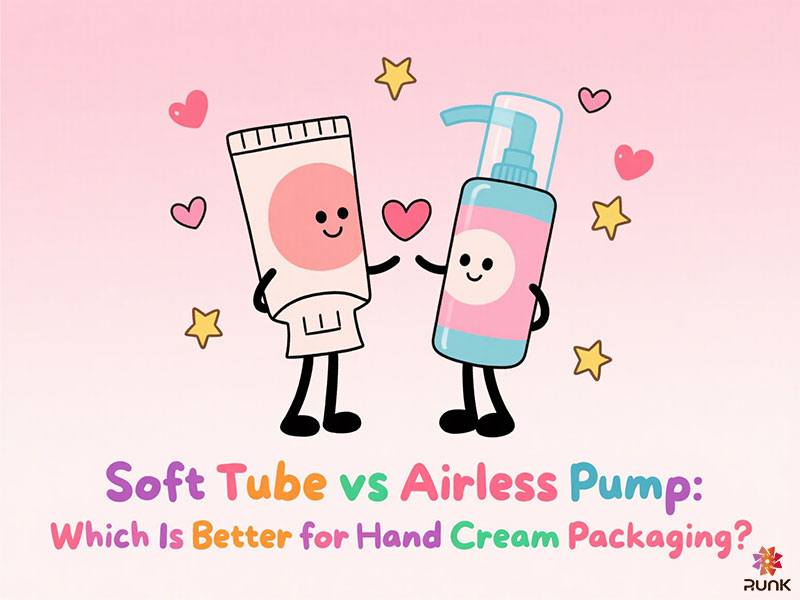Are cosmetic packaging tubes recyclable?
In the beauty industry, cosmetic products play a significant role in many people's daily routines. From skincare creams to hair gels, these products often come packaged in various forms, including bottles, jars, and tubes. Among these packaging options, cosmetic tubes have gained popularity due to their convenience and portability.
Runk manufactures produces all its cosmetic packaging tubes/ bottles/ jars from sustainable, eco-friendly materials.
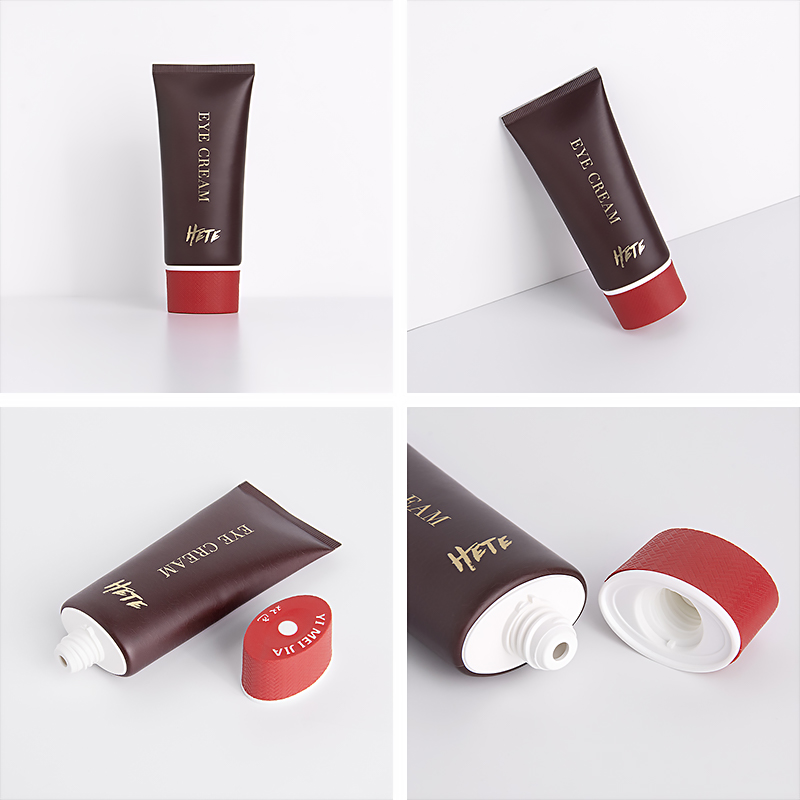
Understanding Cosmetic Tubes
Cosmetic tubes are typically made from a variety of materials, with plastic being the most common. The most frequently used type of plastic for cosmetic tubes is polyethylene (PE), a material that offers flexibility, durability, and protection for the product inside. While these tubes provide practicality for consumers, their impact on the environment raises concerns.
-
PE (Polyethylene) – thin, flexible “squeeze” tubes used for cleansers, lotions, masks
-
Aluminum – collapsible metal tubes common for hair color, pharma-style creams
-
ABL (Aluminum-Barrier-Laminate) – plastic + aluminum “sandwich” for high-barrier formulas
-
PBL (Plastic-Barrier-Laminate) – all-plastic multilayer with EVOH or PP barrier
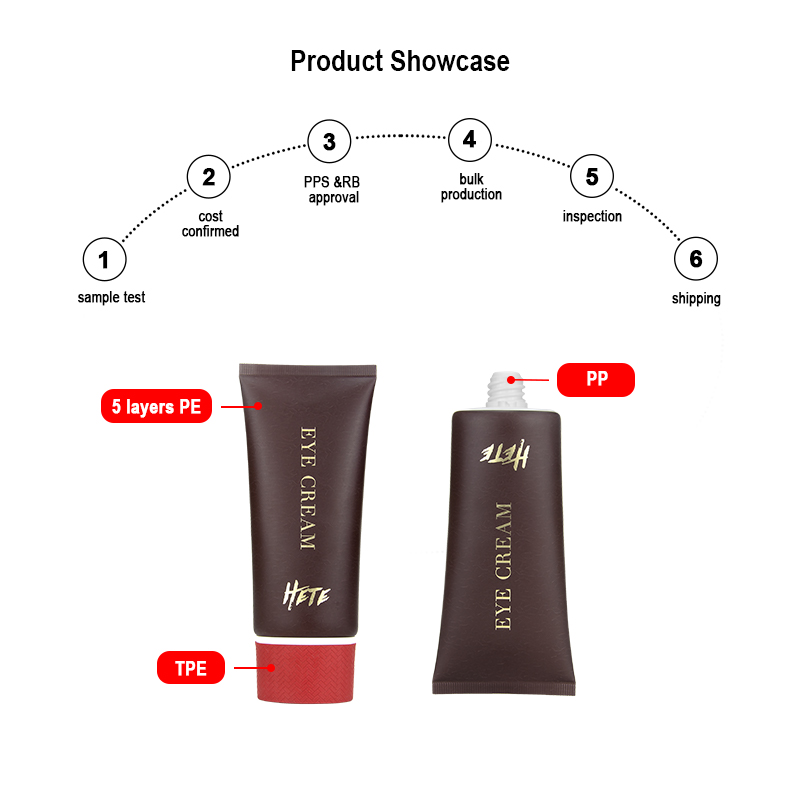
At Runk, our cosmetic packaging tubes are predominantly manufactured from mono-material PE and PP, ensuring full recyclability and a measurable reduction in environmental impact.
Consumer Responsibility
As consumers, we play a crucial role in the push for sustainable practices in the beauty industry. By choosing products in recyclable or sustainable packaging, we can drive demand for eco-friendly options and encourage brands to adopt environmentally responsible practices.
The recyclability of cosmetic tubes is a complex issue that requires a concerted effort to solve. Runk will continue to use environmentally friendly materials to produce cosmetic packaging tubes for a more sustainable future and reduce the environmental impact of cosmetics.
If you have a need for cosmetic packaging tubes, please contact Guangzhou Runk Industrial Co., Ltd.
